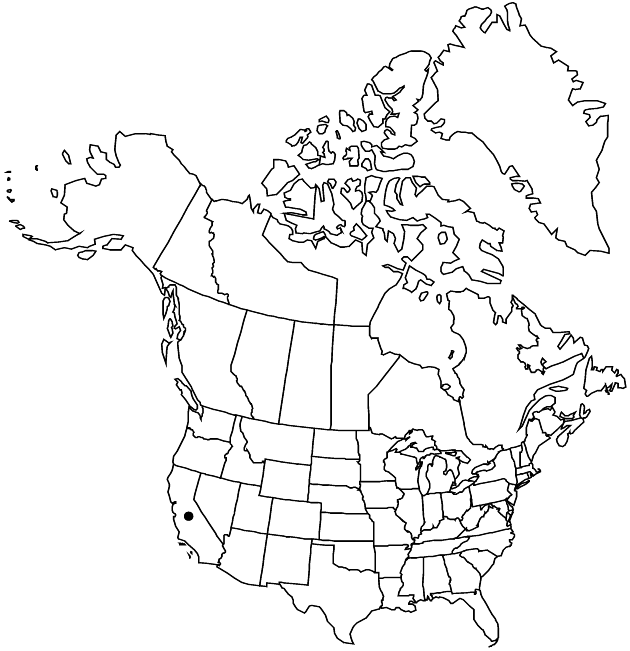Cynara cardunculus subsp. cardunculus
Leaves armed with spines 1–3 cm or unarmed or nearly so in some cultivated forms. Middle phyllaries acuminate at apex with point 22–38 mm and spine tip 6–9 mm, or in some cultivated forms broadly obtuse to truncate and mucronate with or without spine tip 1–2 mm, distal margins with or without indistinct yellowish margins. 2n = 34.
Phenology: Flowering spring–summer (Apr–Jul).
Habitat: Disturbed areas in sea bluffs, grasslands, coastal scrub, open woodlands, roadsides
Elevation: 0–500 m
Distribution

Introduced; Calif., e Mediterranean region
Discussion
The artichoke, selected for reduced spines on both leaves and phyllaries, and for enlarged heads, sometimes escapes in disturbed habitats. These plants are usually propagated vegetatively for uniform crop characteristics. When grown from seed, however, reversions to the much spinier wild types occur spontaneously and may have given rise to some of the forms of artichoke thistles. Additionally, intermediates may arise through hybridization of cultivated and wild races.
Selected References
None.
Lower Taxa
"fine" is not a number.